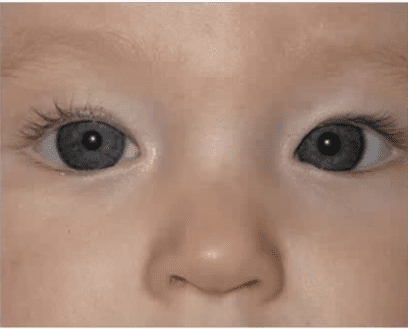Medical Council of Canada MCCQE - MCCQE Part 1 Exam
Total 230 questions
A 58-year-old woman presents with a 1-year history of functional decline. She reports seeing rodents and little children invading her bedroom. Her partner tells you she has a slow, unsteady gait and tends to fall. On examination, she cannot sustain her attention during cognitive testing. Which one of the following is most likely to be found on brain imaging?
A 42-year-old woman is admitted to the Intensive Care Unit with a massive pulmonary embolism. Her condition is stabilized with intubation, hydration, inotropic support, and intravenous administration of heparin. Her partner provides you with a list of her medications. A combination oral contraceptive pill was recently prescribed. She smokes tobacco cigarettes, and her BMI is 36. Which one of the following is the best next step?
A 70-year-old hypertensive woman with a history of congestive heart failure (CHF) secondary to left ventricular dysfunction presents to your office with a persistent dry hacking cough. She claims it began when she was started on ramipril. Which one of the following medications would be most appropriate to replace ramipril, to ensure that the risk of morbidity associated with CHF remains low?
An 18-month-old boy is brought to the office by his guardians for a well-child visit. His guardians are concerned that his eyes do not look the same. On examination, his eyes appear as shown in the referenced photo.
Which one of the following best represents the patient's condition?

You are covering for your colleague who is on vacation this week. You receive the results from an ultrasonography that had been ordered for a 32-year-old woman, gravida 2, para 1, aborta 0. The ultrasonography-estimated fetal weight is below the fifth percentile for 30 weeks' gestation; gestational age was confirmed by an earlier ultrasonogram. The amniotic fluid volume is within normal range. Her first child's birth weight was 2800 g at full term. Which one of the following is the best next step?
A 30-year-old man comes to the office and asks you to write him a note for his employer that recommends a stress leave. He says he feels entitled to a rest. He comes across as irritable and impulsive. He appears to show little regard for the law and admits to recently embezzling $5,000 from his employer. He justifies his actions and shows no remorse. He has a history of attention-deficit/hyperactivity disorder as a child. Which one of the following is the most likely diagnosis?
A 24-year-old woman with chronic anorexia nervosa presents to the Emergency Department with diarrhea, chest pain and palpitations. She is noted to have a BMI of 13, a heart rate of 48/min, significant orthostatic hypotension and a temperature of 35.9 °C. Her electrocardiogram shows frequent premature ventricular contractions. Her blood work indicates elevated liver transaminases and evidence of acute kidney injury from dehydration. She agrees to admission for medical stabilization only if she does not receive fluids either orally or intravenously, as they will cause her to gain weight and to feel bloated. Which one of the following is the best next step?
A mother brings her 13-year-old daughter to the office. The girl has had intermittent lower abdominal pain, constipation, and difficulty voiding for 3 months. She says that she is not sexually active. She looks well. She has reached age-specific developmental milestones, and her vital signs are within normal range. On abdominal examination, she is found to have a palpable suprapubic mass that persists after voiding. The girl says that her older sister started having menstrual periods at this age. The patient is surprised that hers have not started. Which one of the following is the best next step?
A 55-year-old man presents with vague abdominal pain and general weakness. His mother had colon cancer and died at age 60 years. His physical examination findings and complete blood count results are normal. Which one of the following tests should be ordered first?
A 58-year-old woman presents to your office with refractory bipolar I disorder. She is on the following medications: lithium carbonate, valproic acid, and olanzapine. She also takes acetaminophen for osteoarthritis and pantoprazole for gastroesophageal reflux. Lately, she has noticed she bruises very easily. Laboratory work displays a platelet count of 70 × 10â¹/L (normal 130–400). Which one of the following is most likely to induce this side effect?



